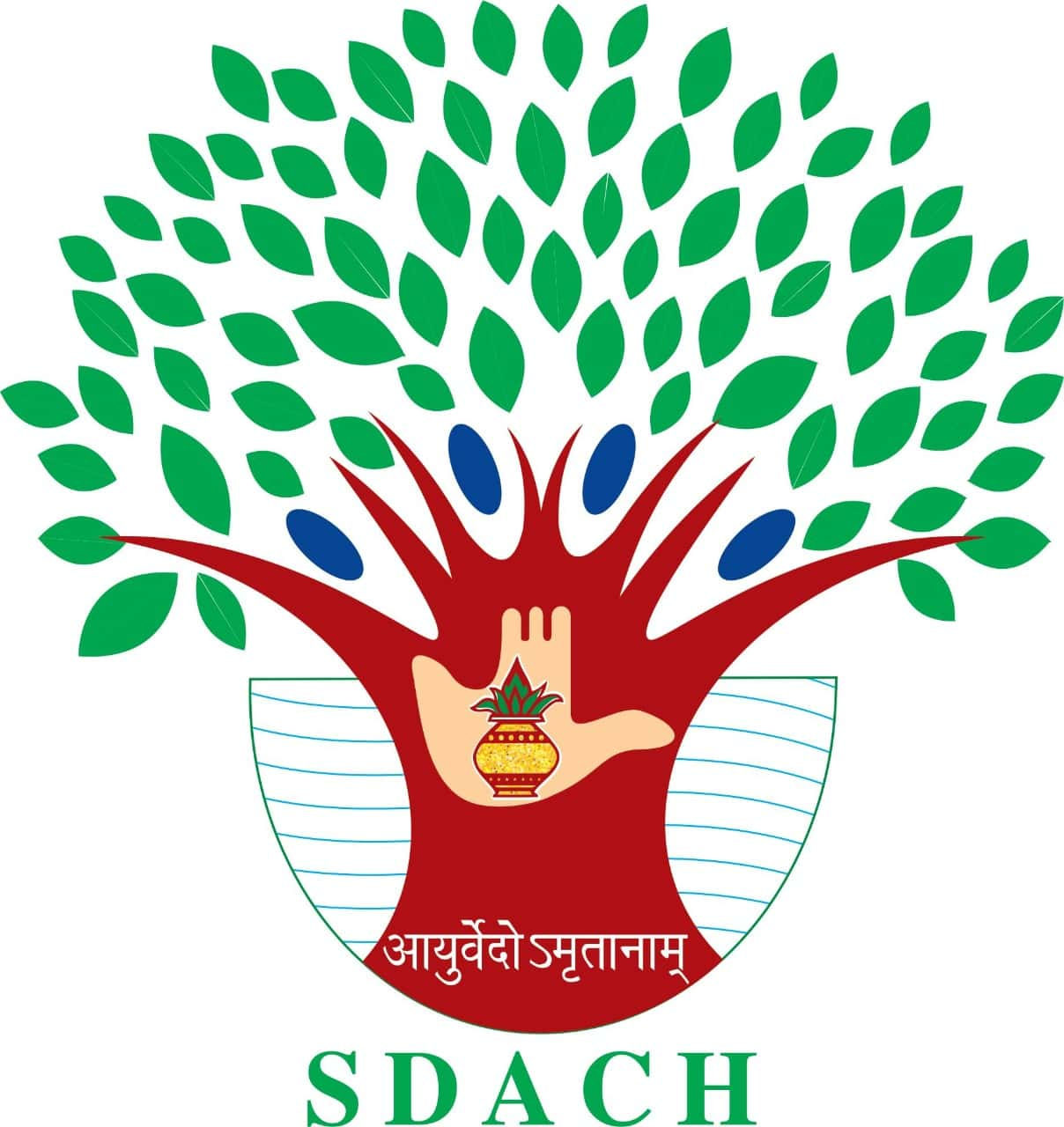Botanical Name: Oxalis corymbosa DC.
Family Name: Oxalidaceae
Identification No.: SDACH/HG/307
Vernacular Names:
– Hindi: Changeri, Khatti Booti
– English: Pink Woodsorrel, Lilac Oxalis
– Bengali: Amrul
– Tamil: (Puliyarai)
– Telugu: (Pulichettu)
– Kannada: (Hulisoppu)
– Malayalam: (Puliyareka)
– Gujarati: (Ambli)
Synonyms
चङ्गेरी तुक्षतिक्ताम्ला दीपनी पाचनी लघुः।
शूलघ्नी कफवातघ्नी पित्तला रक्तशोधिनी॥”
Classification in Classical Texts:
– Charak:
Amla Skandha (Sour group)
-Shoolaprashamana (Pain relieving)
– Sushruta:
-Shakavarga (Vegetable group)
– Bhavaprakash: Classified under Shaka Varga
Habitat & Distribution:
– Native to South America
– Naturalized throughout tropical Asia including India
– Common in moist, shady areas and gardens
Morphology:
– Type: Perennial herb (15-30 cm tall)
– Leaves: Trifoliate, heart-shaped leaflets (2-4 cm)
– Flowers: Pink-purple, 5-petaled (1.5 cm diameter)
– Roots: Fibrous with small bulbils
– Unique Feature: Leaves show nyctinasty (close at night)
Varieties:
1. Pink-flowered (common variety)
2. White-flowered(rare variety)
Phytochemicals:
– Oxalic acid (primary constituent)
– Flavonoids (quercetin, kaempferol)
– Tartaric acid
– Vitamin C
Rasapanchaka:
– Rasa: Amla (Sour)
– Guna: Laghu (Light), Ruksha (Dry)
– Virya: Ushna (Heating)
– Vipaka: Amla (Sour)
– Prabhava: Deepana (Digestive stimulant)
– Dosha Karma: Kapha-Vata shamak, Pitta vardhak
Therapeutic Uses (Amayika Prayoga):
External:
– Leaf paste for skin inflammations
– Juice application for warts
Internal:
– Fresh juice (5-10 ml) for indigestion
– Decoction for fever
Parts Used: Whole plant (leaves predominant)
Dose:
– Fresh juice: 5-10 ml
– Powder: 1-3 g
– Decoction: 30-50 ml
Formulations (Yoga):
– Changeri Ghrita
– Amlapitta Mishran
IUCN Status: Not Evaluated
Research Updates
1. 2020: Antimicrobial activity against oral pathogens
2. 2021: Nephrotoxicity study of oxalic acid content
3. 2023: Antioxidant potential of leaf extracts






